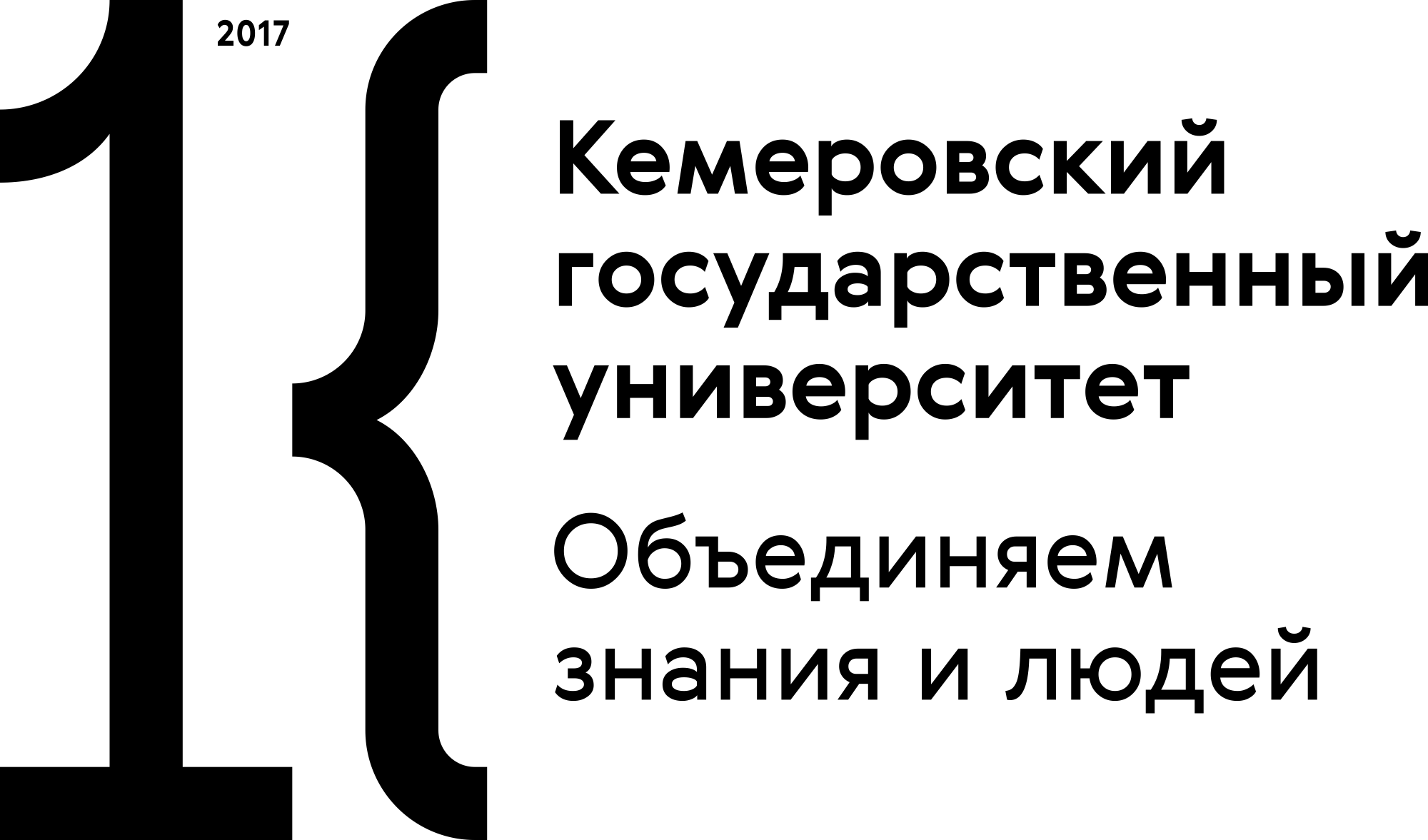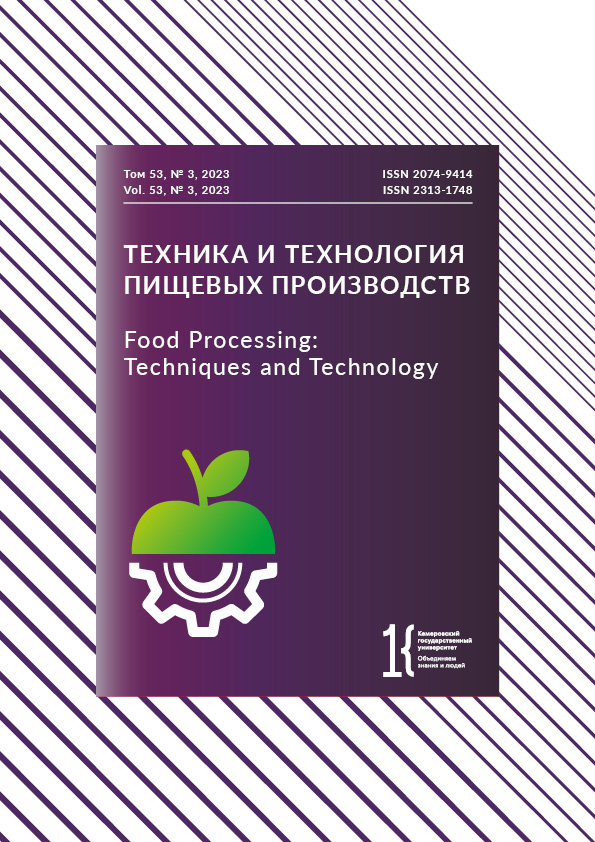Yalta, Simferopol, Russian Federation
from 01.01.2013 to 01.01.2021
Simferopol, Simferopol, Russian Federation
Non-alcoholic beer and wine are in great demand. Some of them contain carbon dioxide. Dealcoholization makes it possible to obtain high-quality drinks, but changes in flavor and taste are unavoidable. This article introduces a comparative analysis of the typical properties of beer and sparkling wine with different levels of alcohol. The research featured industrial samples of beer and sparkling wine with different volume fractions of ethyl alcohol. The comparative analysis relied on standard research methods and included sensory evaluation, acidity, sparkling properties in terms of carbon dioxide desorption rate, carbon dioxide content, foamy properties, viscosity, phenolic substances, beer proteins, and optical characteristics. Alcoholic beer had a better taste and possessed a typical beer flavor. The flavor and taste profile of sparkling wines depended on the raw material. The sparkling coefficient of non-alcoholic beer was 1.2–7.5% higher than that of alcoholic beer because drinks with less ethanol have better carbon dioxide solubility. For alcoholic sparkling wine, the sparkling coefficient was higher by 19.7% than for its non-alcoholic analogue due to bound forms of carbon dioxide. The foaming properties of alcoholic drinks were better than those of the non-alcoholic samples due to the higher protein content. The yellowness and optical density of drinks at a wavelength of 350 nm depended on the amount of phenolic substances. The color index of beer depended on the content of melanoidins. The modern dealcoholization technologies make it possible to produce non-alcoholic beverages with the same sensory properties as their alcoholic prototypes. However, these technologies can be improved in terms of bound carbon dioxide, proteins, phenolic substances, and flavor.
Beverages, non-alcoholic beer, sparkling wine, carbon dioxide desorption, aroma, phenolic substances, acidity, descriptors
1. Kharlamova LN, Danilyan AV, Sinelnikova MYu, Matveeva DYu. Non-alcoholic beer: Confirmation of quality. Production Quality Control. 2021;(10):44-47. (In Russ.). https://doi.org/10.35400/2541-9900-2021-10-44-47
2. Trius-Soler M, Vilas-Franquesa A, Tresserra-Rimbau A, Sasot G, Storniolo CE, Estruch R, et al. Effects of the non-alcoholic fraction of beer on abdominal fat, osteoporosis, and body hydration in women. Molecules. 2020;25(17). https://doi.org/10.3390/molecules25173910
3. Osorio-Paz I, Brunauer R, Alavez S. Beer and its non-alcoholic compounds in health and disease. Critical Reviews in Food Science and Nutrition. 2020;60(20):3492-3505. https://doi.org/10.1080/10408398.2019.1696278
4. Nardini M, Garaguso I. Characterization of bioactive compounds and antioxidant activity of fruit beers. Food Chemistry. 2020;305. https://doi.org/10.1016/j.foodchem.2019.125437
5. Boronat A, Soldevila-Domenech N, Rodríguez-Morató J, Martínez-Huélamo M, Lamuela-Raventós RM, de la Torre R. Beer phenolic composition of simple phenols, prenylated flavonoids and alkylresorcinols. Molecules. 2020;25(11). https://doi.org/10.3390/molecules25112582
6. Wannenmacher Ju, Gastl M, Becker T. Phenolic substances in beer: Structural diversity, reactive potential and relevance for brewing process and beer quality. Comprehensive Reviews in Food Science and Food Safety. 2018;17(4):953-988. https://doi.org/10.1111/1541-4337.12352
7. Tomaskova L, Prusova B, Baron M, Kumsta M, Sochor J. The study of polyphenols in dealcoholized wine. Mitteilungen Klosterneuburg. 2017;67:139-148.
8. Muller C, Neves LE, Gomes L, Guimaraes M, Ghesti G. Processes for alcohol-free beer production: A review. Food Science and Technology. 2020;40(2):273-281. https://doi.org/10.1590/fst.32318
9. Mangindaan D, Khoiruddin K, Wenten IG. Beverage dealcoholization processes: Past, present, and future. Trends in Food Science and Technology. 2018;71:36-45. https://doi.org/10.1016/j.tifs.2017.10.018
10. Ambrosi A, Motke MB, Souza-Silva EA, Zini CA, McCutcheon JR, Cardozo NSM, et al. Beer dealcoholization by forward osmosis diafiltration. Innovative Food Science and Emerging Technologies. 2020;63. https://doi.org/10.1016/j.ifset.2020.102371
11. Kobelev KV, Volkova TN, Selina IV, Sosinova MS. Methods of alcohol-free and low alcohol beer production. Beer and Beverages. 2020;(2):24-30. (In Russ.). https://doi.org/10.24411/2072-9650-2020-10017
12. Kobelev KV, Volkova TN, Selina IV, Sosinova MS. Non-saccharomyces yeasts in low alcohol beer production. Beer and Beverages. 2020;(3):6-12. (In Russ.). https://doi.org/10.24411/2072-9650-2020-10024
13. De Francesco G, Sannino C, Sileoni V, Marconi O, Filippucci S, Tasselli G, et al. Mrakia gelida in brewing process: An innovative production of low alcohol beer using a psychrophilic yeast strain. Food Microbiology. 2018;76:354-362. https://doi.org/10.1016/j.fm.2018.06.018
14. Bellut K, Michel M, Zarnkow M, Hutzler M, Jacob F, De Schutter DP, et al. Application of non-Saccharomyces yeasts isolated from kombucha in the production of alcohol-free beer. Fermentation. 2018;4(3). https://doi.org/10.3390/fermentation4030066
15. Bellut K, Michel M, Hutzler M, Zarnkow M, Jacob F, De Schutter DP, et al. Investigation into the potential of Lachancea fermentati strain KBI 12.1 for low alcohol beer brewing. Journal of the American Society of Brewing Chemists. 2019;77(3):157-169. https://doi.org/10.1080/03610470.2019.1629227
16. Iorizzo M, Coppola F, Letizia F, Testa B, Sorrentino E. Role of yeasts in the brewing process: Tradition and innovation. Processes. 2021;9(5). https://doi.org/10.3390/pr9050839
17. Huang J, Ren Y, Wang X, Li H, Wang Y, Zhang J, et al. Dealcoholization of kiwi wine by forward osmosis: Evaluation of membrane fouling propensity and product quality. Chemical Engineering Research and Design. 2022;178:189-198. https://doi.org/10.1016/j.cherd.2021.12.032
18. Esteras-Saz J, de la Iglesia O, Pena C, Escudero A, Tellez C, Coronas J. Theoretical and practical approach to the dealcoholization of water-ethanol mixtures and red wine by osmotic distillation. Separation and Purification Technology. 2021;270. https://doi.org/10.1016/j.seppur.2021.118793
19. Lutkov IP. Evaluation of sparkling properties of beverages. Magarach. Viticulture and Vinemaking. 2022;24(1):63-70. (In Russ.). https://doi.org/10.35547/IM.2022.78.26.010
20. Patrikeeva AM, Kanarskaya ZA, Kanarskiy AV. Sensory indicators of Baltika light beer. Fundamental and applied aspects of modern science: a collection of papers based on the materials of the International Competition for Research Papers; 2020; Ufa. Ufa: SPC Herald of Science; 2020. p. 26-31. (In Russ.). https://www.elibrary.ru/NIRIEQ
21. Müller M, Gastl M, Becker T. Key constituents, flavour profiles and specific sensory evaluation of wheat style non-alcoholic beers depending on their production method. Journal of the Institute of Brewing. 2021;127(3):262-272. https://doi.org/10.1002/jib.663
22. Arroyo BL, Roberts RP. How specific wine tasting descriptors are? Procedia - Social and Behavioral Sciences. 2015;198:287-299. https://doi.org/10.1016/j.sbspro.2015.07.447
23. Lu Y, Bergenståhl B, Nilsson L. Interfacial properties and interaction between beer wort protein fractions and iso-humulone. Food Hydrocolloids. 2020;103. https://doi.org/10.1016/j.foodhyd.2020.105648











